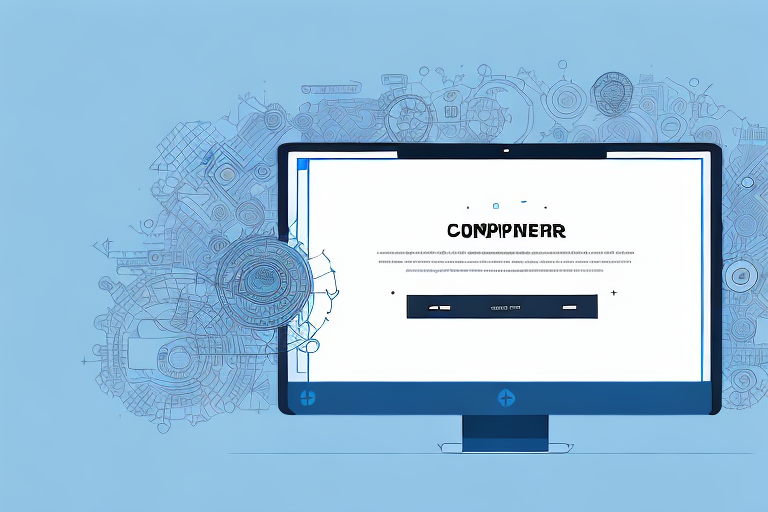Benefits of User-Generated Content
User-generated content (UGC) offers numerous advantages for businesses aiming to connect with their customers and enhance their brand presence. By allowing customers to create and share content, brands can:
- Build Community: UGC fosters a sense of community by providing a platform for customers to share their experiences and opinions.
- Increase Trust and Credibility: Consumers are more likely to trust peer reviews and authentic content over traditional marketing messages.
- Enhance SEO: Fresh and relevant content generated by users can improve search engine rankings.
- Gain Insights: Analyzing UGC helps businesses understand customer preferences and areas for improvement.
Encouraging and Engaging User-Generated Content
Effective Strategies to Promote UGC
To foster the creation and sharing of UGC, consider the following strategies:
- Clear Call to Action: Ensure your website or blog prominently encourages users to create and share content.
- Incentivize Participation: Offer rewards such as discounts, special offers, or recognition to motivate users to contribute.
- Leverage Social Media: Utilize specific hashtags and engage with followers to stimulate content creation.
Building a Community
Create a dedicated space, such as a forum or discussion board, where users can interact, share ideas, and collaborate. This fosters a sense of belonging and encourages ongoing participation.
Ease of Content Submission
Make it simple for users to create and share content by providing clear guidelines and ensuring your website is mobile-friendly. Reducing barriers increases the likelihood of user participation.
Managing and Moderating User-Generated Content
Establishing Guidelines
Set clear rules outlining what content is acceptable. This helps maintain the quality and relevance of UGC while protecting your brand's reputation.
Monitoring and Response
Regularly monitor UGC to ensure compliance with your guidelines. Responding to comments and feedback helps build trust and strengthen community relationships.
Moderation Best Practices
- Automated Tools: Utilize software to filter out spam and inappropriate content efficiently.
- Dedicated Team: Assign a team or individual responsible for ongoing content monitoring and moderation.
- User Involvement: Encourage users to report any inappropriate content, creating a self-regulating community.
Avoiding Common Pitfalls
- Do not delete or censor negative feedback, as it can harm your brand's credibility.
- Avoid using UGC without obtaining permission to prevent legal complications.
Leveraging UGC for SEO and Brand Awareness
Optimizing Content for Search Engines
Ensure UGC is optimized by incorporating relevant keywords and meta descriptions. This enhances visibility and drives organic traffic to your website.
Integrating UGC into Marketing Efforts
Use UGC in email campaigns, social media posts, and other marketing materials to increase engagement and showcase authentic customer experiences.
Building Brand Authority
Featuring high-quality UGC establishes your brand as trustworthy and authoritative, encouraging potential customers to engage and convert.
Tools and Platforms for Managing User-Generated Content
Several tools and platforms can streamline UGC management:
- Social Media Management: Tools like Hootsuite and Sprout Social help manage and schedule social media content.
- UGC Platforms: Platforms such as TINT and Stackla specialize in aggregating and showcasing user-generated content.
- Analytics Tools: Utilize Google Analytics to track engagement, traffic, and the effectiveness of UGC campaigns.
Measuring Success and Avoiding Common Mistakes
Key Metrics to Track
Assess the effectiveness of your UGC strategy by monitoring:
- Website Traffic: Measure the increase in visitors driven by UGC.
- Social Media Engagement: Track likes, shares, comments, and overall interaction with UGC.
- Content Submissions: Evaluate the number and quality of UGC pieces submitted by users.
- Conversion Rates: Analyze how UGC influences purchasing decisions and other desired actions.
Avoiding Common Mistakes
- Lack of Guidelines: Failing to provide clear instructions can result in inconsistent or inappropriate content.
- Ignoring Feedback: Not responding to user comments can disengage your audience and damage trust.
- Unauthorized Use of Content: Using UGC without permission can lead to legal issues and harm your reputation.
Examples and Future Trends in User-Generated Content
Successful UGC Campaigns
Several brands have effectively utilized UGC to boost engagement and brand loyalty:
- Coca-Cola's "Share a Coke": Encouraged customers to share photos of personalized Coke bottles, enhancing brand engagement and visibility.
- Starbucks' "White Cup Contest": Invited customers to design their own Starbucks cups, fostering creativity and community.
- Airbnb's "Live There": Prompted users to share unique travel experiences, highlighting the brand's diverse offerings and building trust.
Future Trends and Predictions
The landscape of UGC is evolving with emerging trends:
- Visual Content Dominance: Increased focus on images and videos to capture user attention on social media platforms.
- AI and Automation: Utilizing artificial intelligence to manage, moderate, and personalize UGC more effectively.
- Interactive UGC: Engaging users through interactive content like polls, quizzes, and augmented reality experiences.
As technology advances, UGC will continue to play a crucial role in brand building, customer engagement, and digital marketing strategies.
Conclusion
User-generated content is a powerful tool for building your brand and engaging with customers. By implementing the strategies and best practices outlined above, you can create and manage UGC that is relevant, high-quality, and engaging. Remember to establish clear guidelines, monitor content regularly, and actively engage with your audience to foster a strong community around your brand.




















